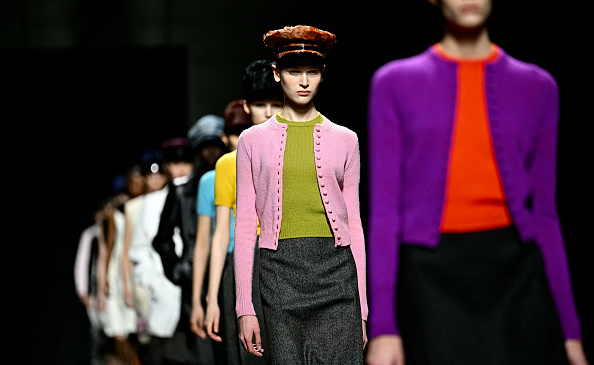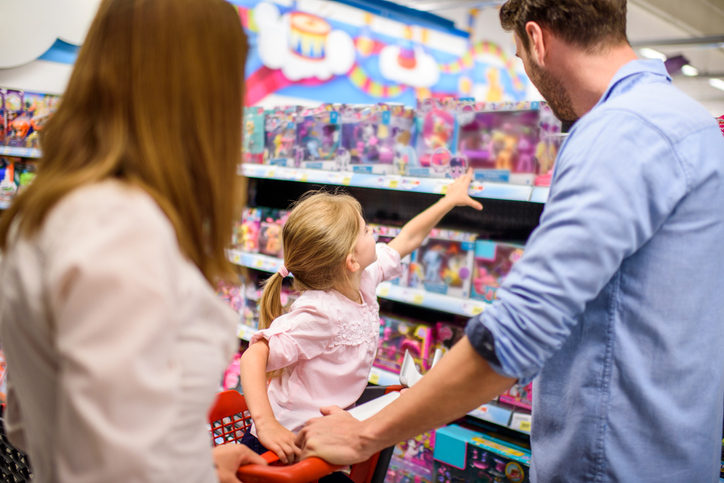The benefits – and costs – of working from home
As the hybrid working model embeds itself in Australia, new research reveals the ups and downs of working from home
The number of Australians working from home is falling, as employers encourage staff back to the office. New data from the Australian Bureau of Statistics shows 37 percent of employed people regularly work from home, a 3 percent fall since August 2021. In 2021, NSW and Victoria were subject to a series of lockdowns to contain the spread of COVID-19. Victorians went through six lockdowns during 2020 and 2021 with Sydneysiders restricted to a 5km radius of home from August to October 2021. All but essential workers were directed to work from home.
As restrictions have lifted, however, many workers have been interested in retaining the option to work from home. The trend has resulted in office vacancy rates of 16.2 percent in Melbourne, 14.4 percent in Sydney, 12.6 percent in Brisbane and 18.5 percent in Perth, according to data service Statista.
In its 2023 Year in review, McCrindle research says cost of living pressures have influenced the desire to work from home, which it estimates to save the average Australian worker $6,359, or 9 percent of after tax savings.
“Three years on after the COVID-19 pandemic, hybrid work formats have become embedded into work culture,” the report noted.
However, not all aspects of working from home were considered positives, the research found.
“While positioned on flexibility, hybrid workers are feeling the impact of remote work compared to the workplace,” it said. “More than half of Australian workers (59%) suspect that those working in the workplace get better opportunities than those working from home.
“Seven in ten (70%) workers believe that working in the workplace leads to a greater sense of recognition and appreciation of their efforts to commute to the workplace.”
This stylish family home combines a classic palette and finishes with a flexible floorplan
Just 55 minutes from Sydney, make this your creative getaway located in the majestic Hawkesbury region.
The budget is being framed ahead of a federal election expected to be held in early 2025
SYDNEY—Australian Treasurer Jim Chalmers will deliver the government’s 2024-2025 federal budget next Tuesday amid concerns that strong revenue growth will tempt him toward a jump in spending, stoking the case for higher interest rates.
Economists expect Chalmers to announce a budget surplus for 2023-2024, supported in part by high commodity prices and strength in the job market, with unemployment continuing to hover near its lowest level in half a century.
The question on the lips of the governor of the Reserve Bank of Australia, Michele Bullock , will be how much of that revenue will flow back into the economy by things like added measures aimed at easing a cost-of-living surge for consumers.
Bullock told reporters Tuesday that the RBA’s board had considered a further rise in interest rates, sending a shot across the bow of the center-left Labor government ahead of the budget.
The budget is being framed ahead of a federal election expected to be held in early 2025.
The public acknowledgment of the RBA board’s discussion of what would be a 14th interest-rate rise in two years signaled that the central bank has grown more concerned about the inflation outlook after first-quarter data came in above its own expectations.
Economists have warned that the RBA isn’t even close to a decision to cut interest rates, and the more likely outcome at the moment is that the central bank will need to tighten the policy screws further before the end of this year.
“The challenge fiscal policymakers face is that although they are flush with revenue, a cautious approach ought to be taken to additional spending because the economy is still operating at full employment, and inflation is still too high,” said Paul Bloxham, chief economist at HSBC Australia.
“Loosening fiscal policy settings at this point could mean that monetary policy would need to be tightened further yet—or that rates need to be higher for longer,” he added.
The RBA is conscious of the fact that significant income tax cuts will be delivered midyear and that they target low- and middle-income earners, who are more likely to spend added income than save it.
The government has already signalled its plans to spend in the area of subsidies for local manufacturing, including for the production of solar panels.
In addition, the budget will focus on business tax incentives, increased defence spending, funding for domestic violence support, changes to student debt policy and infrastructure.
Chalmers has played down the risk over the budget stoking the flames of inflation.
“It will be a responsible budget, a restrained budget, and it will maintain our focus on that inflation fight,” he said Thursday in a radio interview.
“There will be help for people with the cost of living, but we’ll make sure that that cost-of-living help is part of the solution and not part of the problem when it comes to inflation,” he added.
A risk that the RBA will also be alert to is the probability that the government will hold back some of its revenue gains to support added spending closer to the election.
Josh Williamson , chief economist at Citi Australia, said Chalmers will likely push new spending into the future to avoid overheating the economy now.
“The government does not want to be seen promoting policies that add to the risk of further policy tightening,” he said.
This suggests that new spending will be pushed into the government’s forward budgetary projections, while measures that directly reduce inflation could be announced virtually immediately, Williamson added.
Consumers are going to gravitate toward applications powered by the buzzy new technology, analyst Michael Wolf predicts
This stylish family home combines a classic palette and finishes with a flexible floorplan



















